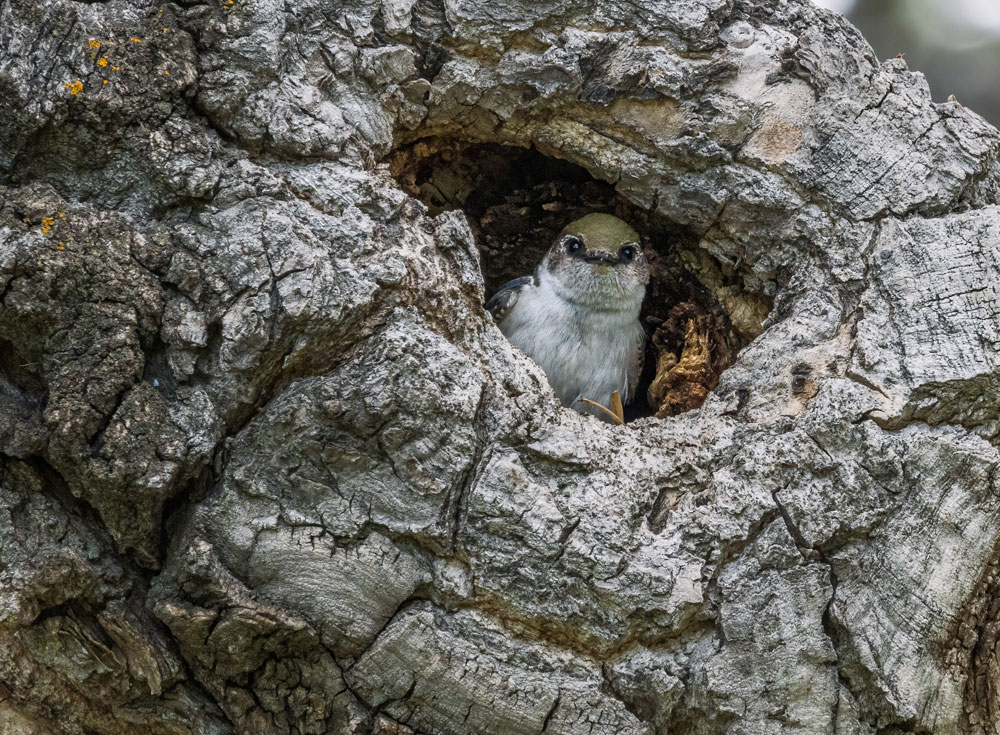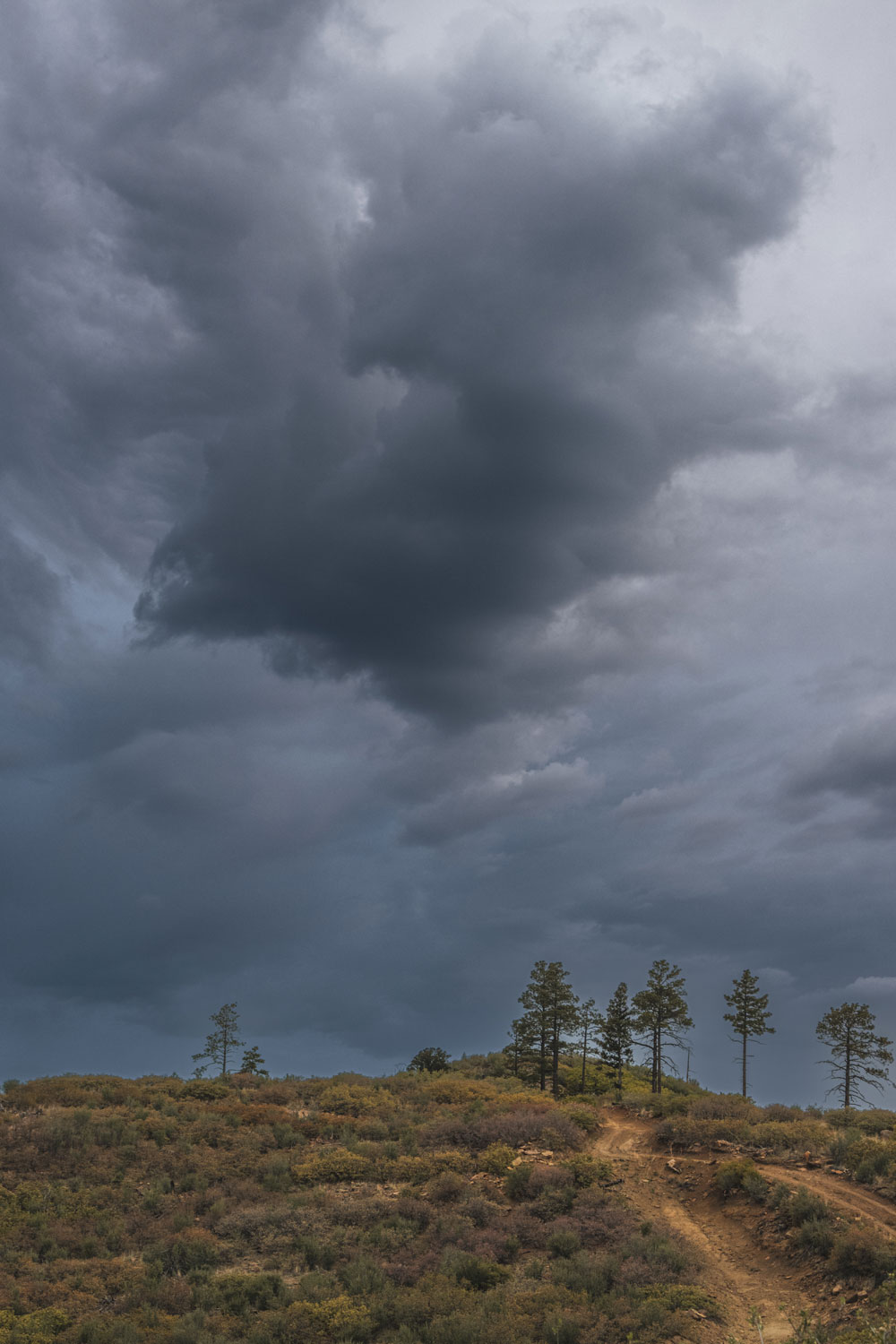This project will investigate the long-term ecological outcomes of large wildfires and how management actions, such as planting, impact the ecological resilience of large fire footprints.
Objectives:
- How are different forest types recovering naturally across a gradient of moisture and temperature conditions?
What are the ecological outcomes of reforestation efforts on public lands, and how do these outcomes impact watershed health? - What projections can we make about long term recovery of more recent fires based on the recovery of 20+ year old fires?
Charter Summary:
As wildfire size and severity continue to increase and the recovery of post-fire landscapes becomes more difficult, managers grapple with what our ecosystems will look like for decades to come and how we prioritize post-fire reforestation treatments. We examine long post-fire landscapes (>20 years) to understand the patterns we may expect from more recent fires and apply experimental plantings in both recent and older fires across a range of forest types from piñon-juniper dominated woodlands through 3 forest types to our highest elevation subalpine forests. We are working closely with managers and stakeholders who are concerned about ecological transformations from forested to non-forested landscapes, while also understanding the limitations of the amount of the landscape that can likely be treated in the coming years.



Primary Contact
- Camille Stevens-Rumann (CSU)
Team Members
- Kelly Jones (NMSU)
- Ryan Morrison (CSU)
Graduate & PhD Students
- Jamie Woolet (CSU), PhD, 2022-Present
- Maria Vicini (CSU), MS, 2021-2023
- Katie Jones (CSU), Master’s of Natural Resource Stewardship 2023
Undergraduate Students
- Sam Gunning (CSU), 2022
- Ali Goodrich (CSU), 2022 & 2023
- Morgan Murphy (CSU), 2023
- Alex Smilor (CSU), 2023
- David Martin (CSU), 2024
Community Partners
- Arapaho and Roosevelt National Forest
- Pike-San Isabel National Forest
- Bureau of Land Management – Grand Junction Field Office
- Trees, Water & People
- Philmont Scout Ranch
- Coalition for the Poudre River Watershed
- Rocky Mountain Research Station
- Colorado State University Extension
- The Nature Conservancy – Colorado
- Cal-wood Education Center
Publications:
- Woolet, J., Stevens-Rumann, C., Coop, J., Pejchar, L. (2023). A bird’s eye view of ecosystem conversion: Examining the resilience of piñon-juniper woodlands and their avian communities in the face of fire regime change. In Forest Ecology and Management (Vol. 546, p.121368). Elsevier BV. https://doi.org/10.1016/j.foreco.2023.121368